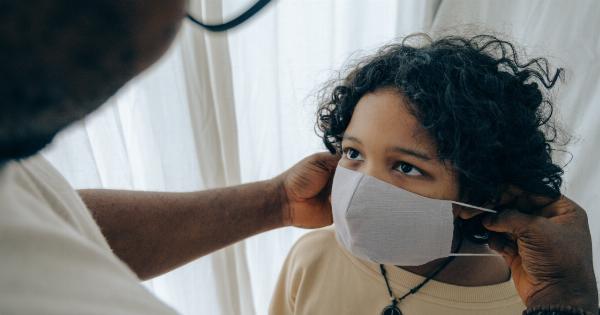Health officials are closely monitoring the emergence of a new COVID-19 variant known as the MU strain, which has been identified in several countries around the world.
The MU strain, also known as B.1.621, was first detected in Colombia in January 2021 and has since been found in a number of other countries, including the United States, Canada, and parts of Europe.
What is the MU strain?
The MU strain is a variant of the SARS-CoV-2 virus that causes COVID-19. Like other COVID-19 variants, the MU strain has genetic mutations that differ from the original strain of the virus that emerged in Wuhan, China in late 2019.
According to the World Health Organization (WHO), the MU strain has mutations in the spike protein of the virus, which is used to enter human cells.
Why is the MU strain a concern?
Although the MU strain is still being studied, experts are concerned that it could be more transmissible and potentially less responsive to vaccines than other COVID-19 variants.
This is due to the fact that the MU strain has mutations in the spike protein that are similar to those found in other concerning variants, such as the Delta and Beta variants. This means that the MU strain may be able to evade immunity from previous COVID-19 infections or vaccination.
How is the MU strain spreading?
The MU strain is thought to be spreading through community transmission, meaning that it is being passed from person to person through close contact. However, the exact mode of transmission is still being studied.
The MU strain has been identified in several countries, including the United States, Canada, Mexico, Ecuador, and parts of Europe. It is not yet clear how widespread the MU strain may be.
What is being done to monitor the MU strain?
Health officials around the world are closely monitoring the emergence of the MU strain.
The WHO has designated the MU strain as a “variant of interest,” which means that it is being closely monitored but is not yet considered a “variant of concern.” However, this classification could change if the MU strain is found to be more transmissible or less responsive to vaccines than other COVID-19 variants.
In the United States, the Centers for Disease Control and Prevention (CDC) is tracking the spread of the MU strain through genomic sequencing of COVID-19 cases.
The CDC is urging healthcare providers to be on the lookout for possible cases of the MU strain and to report any suspected cases to public health officials.
What can people do to protect themselves from the MU strain?
Although it is not yet clear how the MU strain spreads or how widespread it may be, people can take steps to protect themselves from COVID-19 in general.
The CDC recommends that people get vaccinated against COVID-19, wear masks in indoor spaces, practice good hand hygiene, and practice social distancing when possible.
It is also important to be aware of the symptoms of COVID-19 and to get tested if you suspect that you may have been exposed to the virus.
Common symptoms of COVID-19 include fever, cough, shortness of breath, fatigue, body aches, and loss of taste or smell.
Conclusion
The emergence of the MU strain is a reminder that the COVID-19 pandemic is far from over and that the virus is still evolving. While the MU strain is being closely monitored, it is not yet clear how much of a threat it may pose.
Health officials are urging people to continue taking steps to protect themselves from COVID-19 in general, such as getting vaccinated, wearing masks, and practicing good hand hygiene. By remaining vigilant and staying informed about the latest developments in the pandemic, we can all do our part to help prevent the spread of COVID-19.






























